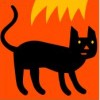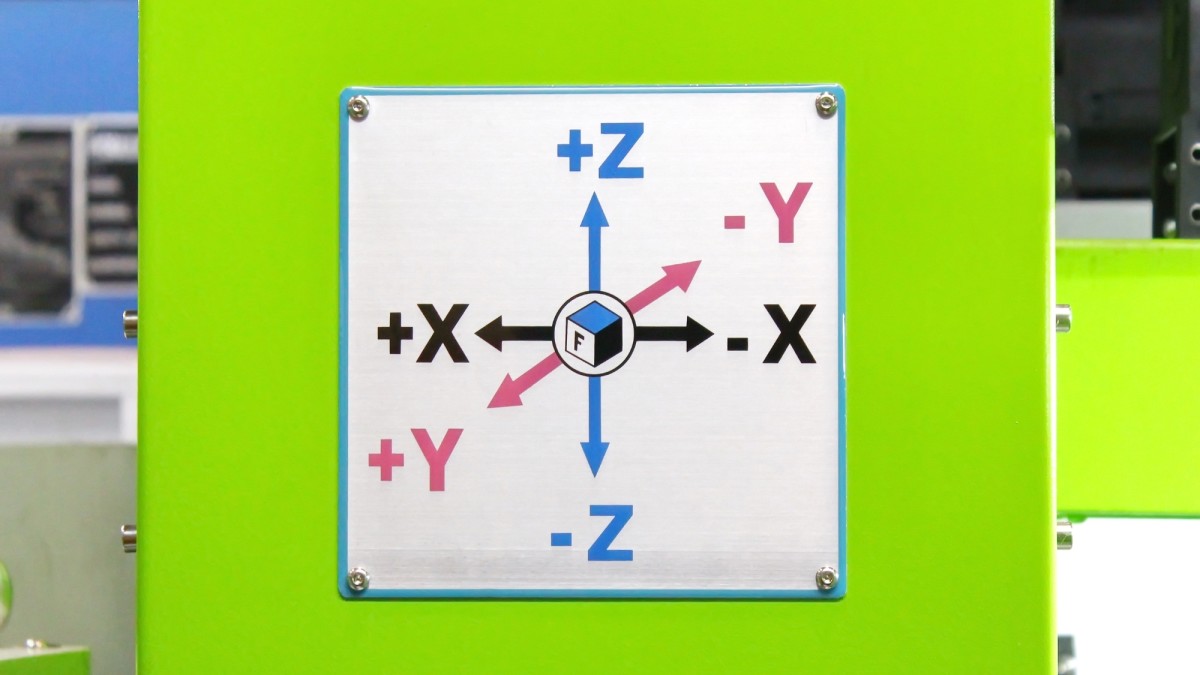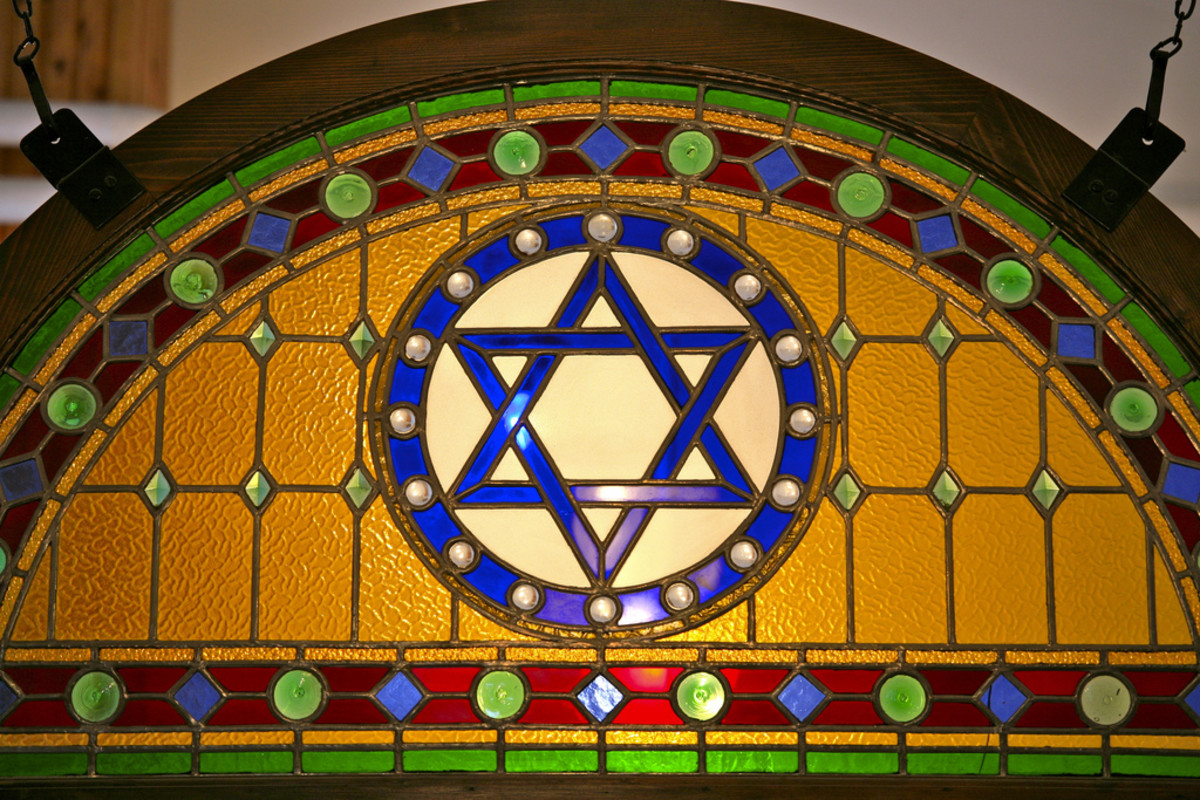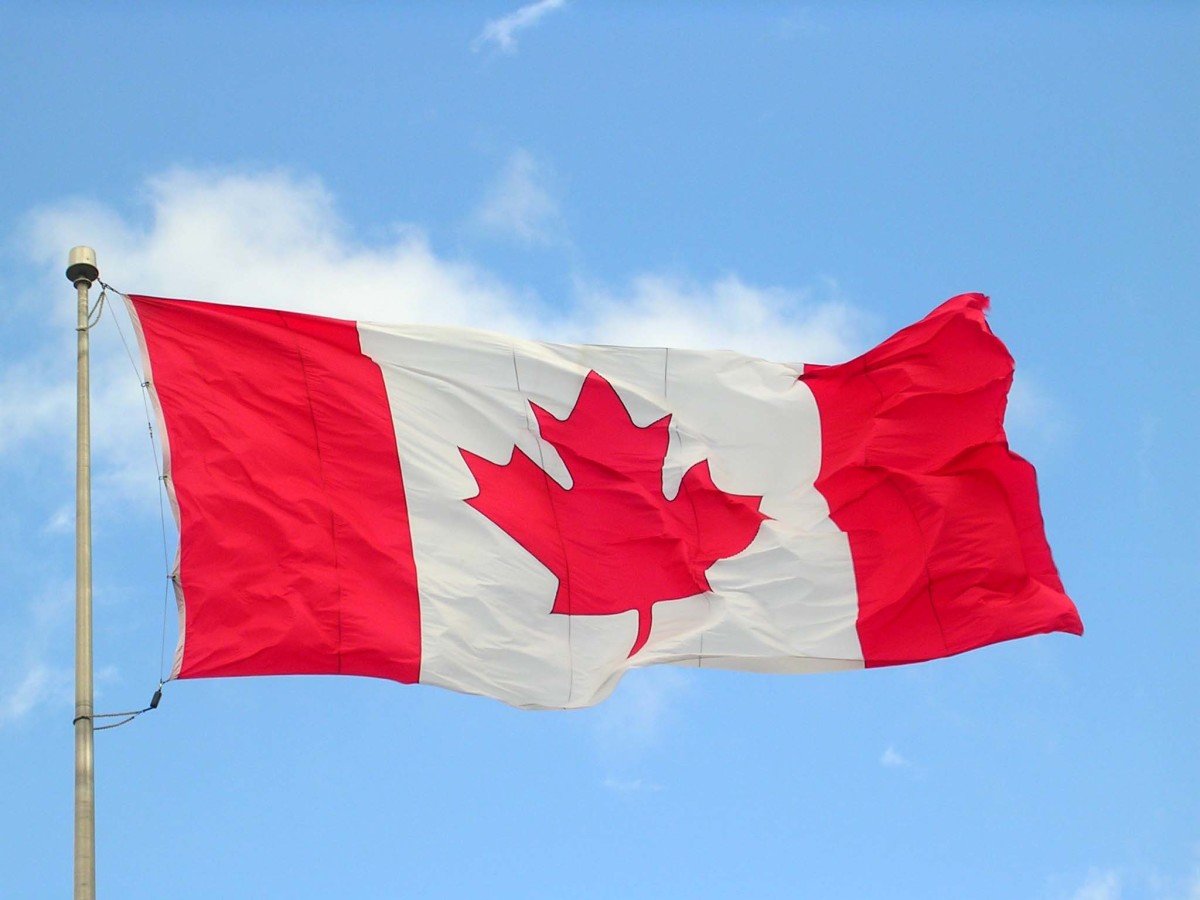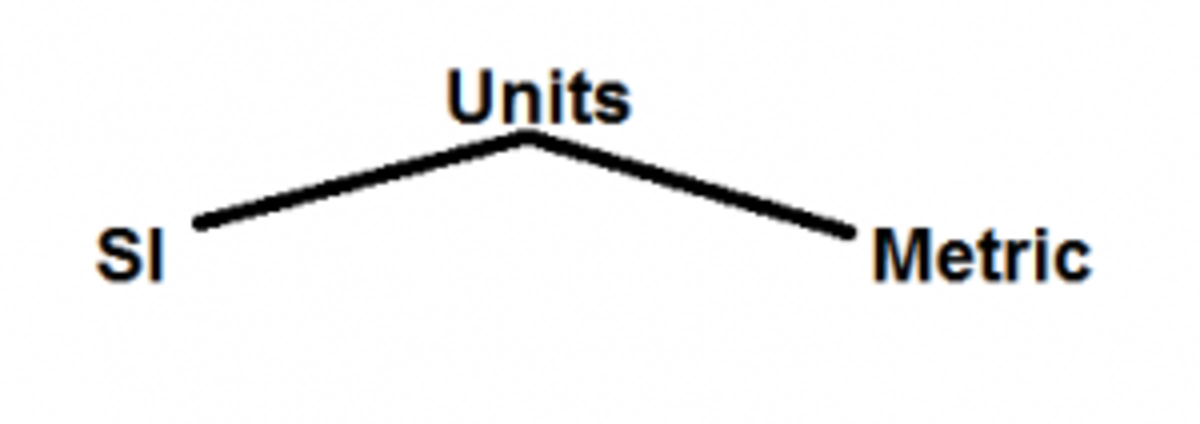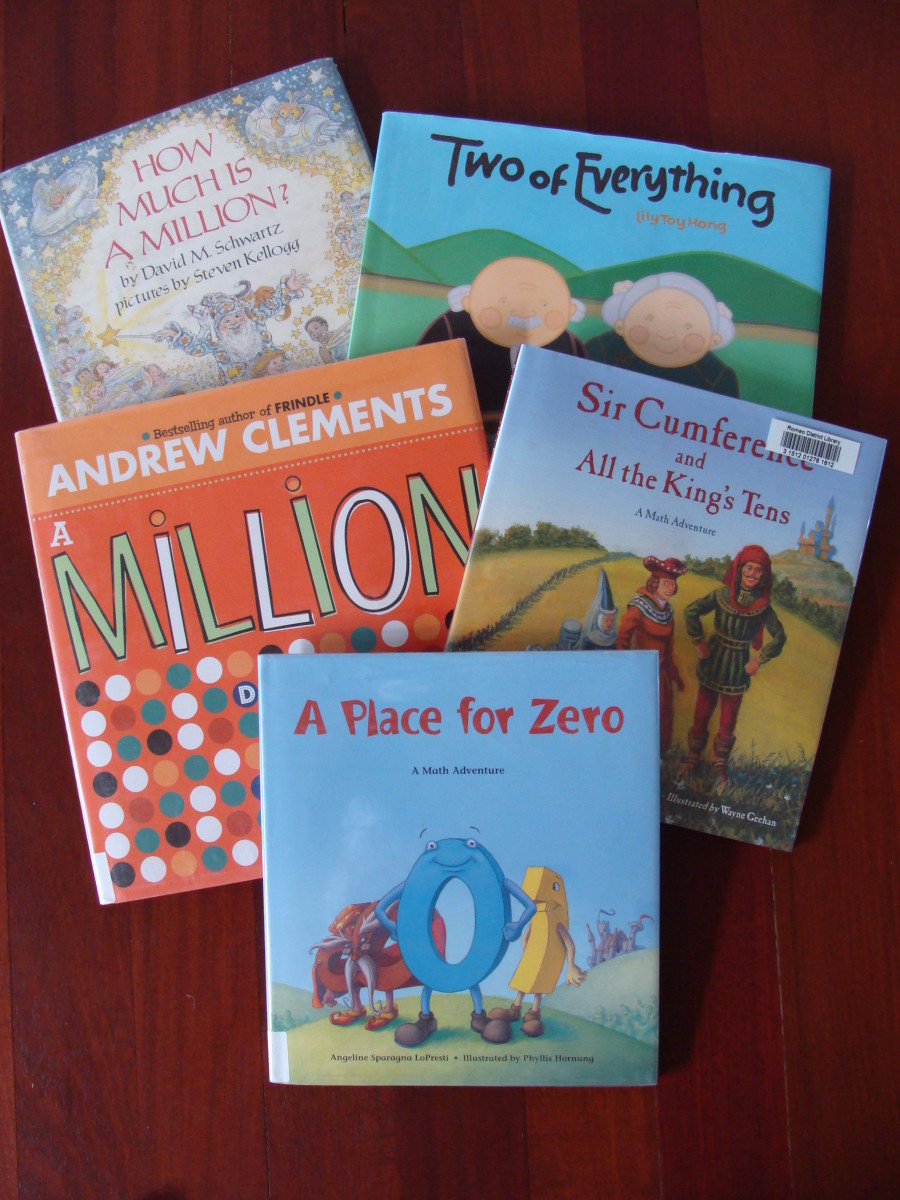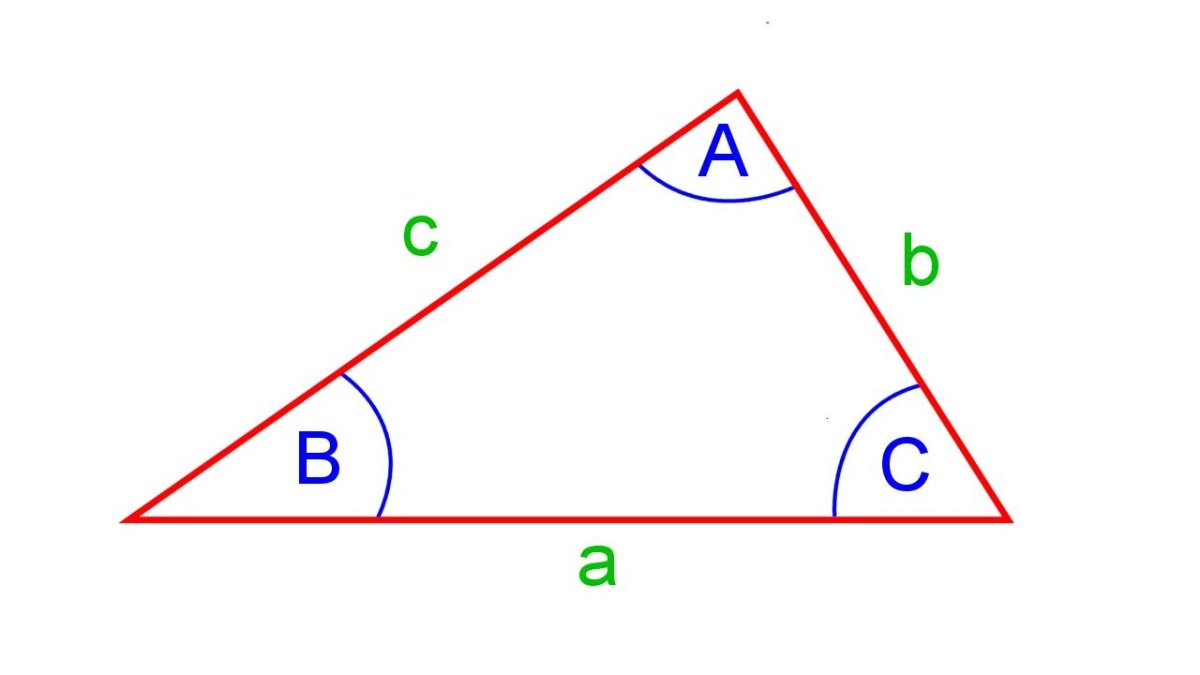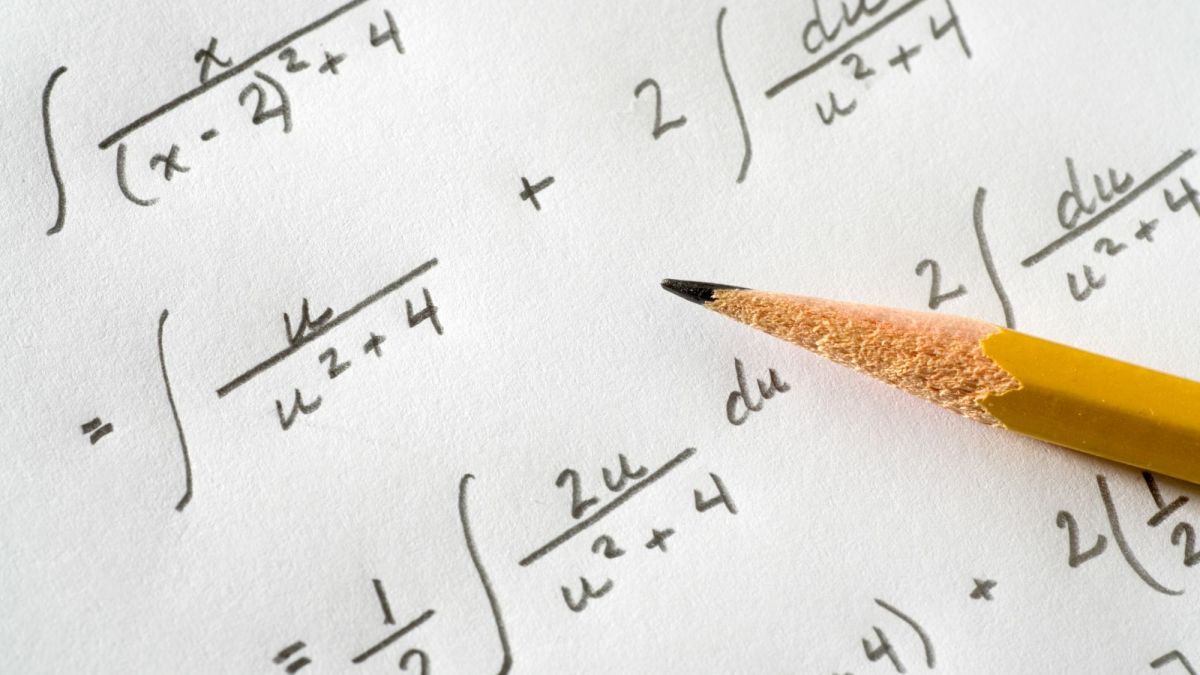An Easy Way to Change Between Imperial and Metric Untis of Lenght, Weight and Volume.
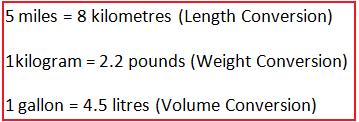
3 of the main conversions between metric and imperial conversions are:
5 miles = 8 kilometres (Length Conversion)
1 kilogram = 2.2 pounds (Weight Conversion)
1 gallon = 4.5 litres (Volume Conversion)
These are the main 3 conversions that will appear on exams questions, but there are many more metric and imperial conversions that could be worth memorising.
Let’s look at some examples on converting between these imperial and metric units.
Example 1
Convert 15 miles into kilometres.
All you need to do is use the conversion 5 miles = 8 kilometres
15 ÷ 5 = 3
So 8 × 3 = 24 km
Example 2
Convert 15 kilograms into pounds.
This time you can use the conversion of 1 kilogram = 2.2 pounds.
So to convert kilograms into pounds you will need to multiply the number by 2.2.
So 15 multiplied by 2.2 is 33.
So 15 kilograms is the same as 33 pounds.
Example 3
Convert 120 litres into gallons.
Here you need to use the conversion 1 gallon = 4.5 litres.
So to work out the amount of litres you need to divide by 4.5:
120 ÷ 4.5 = 26.7 gallons.
Example 4
Chris drives 32km to work every day. Work out the total distance that Chris drives to work assuming he works 5 day week.
Since you are changing between miles and kilometres again you need the conversion 5 miles = 8 kilometres.
First convert the distance he travels in one day into miles:
32 ÷ 8 = 4
4 × 5 = 20 miles
So in one day Chris drives 20 miles.
Now all you need to do is work out how many miles Chris drives in the whole week. You can do this by multiplying by 5:
20 × 5 = 100 miles
So in the full working week Chris drives 100 miles to work.
Example 5
A water tower contains 2000 gallons of water. Work out the amount of water in the tower in litres.
This time you are using the volume conversion of gallons into litres (1 gallon = 4.5 litres)
So to convert this amount into litres you need to multiply the amount in gallons by 4.5:
2000 × 4.5 = 9000 litres
Therefore, the amount of water in the tower in litres is 9000 lites.
Example 6
A table weighs 110 pounds. Work out the weight of the table in kilograms.
Like example 2 you need to use the weight conversion (1 kilogram = 2.2 pounds).
So to convert the weight from pounds into kilograms you need to divide by 2.2:
110 ÷ 2.2 = 50 kilograms.
So the table weight in kilograms is 50kg.
For some more help on coverting between the two number systems take a look at the following example:
More Metric and Imperial Conversions to try!
Example 7
A piece of sting has a length of 150cm. What is the length of the string in inches?
This time you will need to know the conversion between centimetres and inches.
There are 2.5 centimetres to 1 inch. This means to convert inches into centimetres you will need to multiply by 2.5, and to convert centimetres back into inches divide by 2.5.
So in this question you will need to divide 150 by 2.5.
This means that the length of the rope will be 60 inches long.
Example 8
David drinks 2 pints of mineral water each day. Work out how many litres of mineral water David will drink in 1 full week (Monday to Sunday)?
Another useful conversion is converting between pints and millilitres. To do this you will need to remember that 1 pint is about 568ml. So if you need to convert pints into millilitres you will need to multiply the number by 568. On the other hand if you were converting millilitres into pints you will need to divide the number by 568.
So let's get back to this example, first work out how many pints of water David drink in the full week. Since there are seven days in one week multiply 2 by 7 to give 14. So David drinks 14 pints in one week.
Next you will need to convert the 14 pints into ml. Do this by multiplying 14 by 568. This gives an answer of 7952. So David will drink 7952ml of mineral water on week.
The final step to this question is to convert the last answer into litres. To do this you will need to know that 1 litre is equal to 1000 millilitres. So divide 7952 by 1000 to give 7.952. Therefore, David will drink 7.952 litres of mineral water in a week.
Summary
So as you can see it is not straightforward to convert between metric and imperial units of measurement. The best thing to do is try to memorise the conversions here which are on this page. Once you have mastered these main ones then you can look at some harder metric and imperial conversions.
